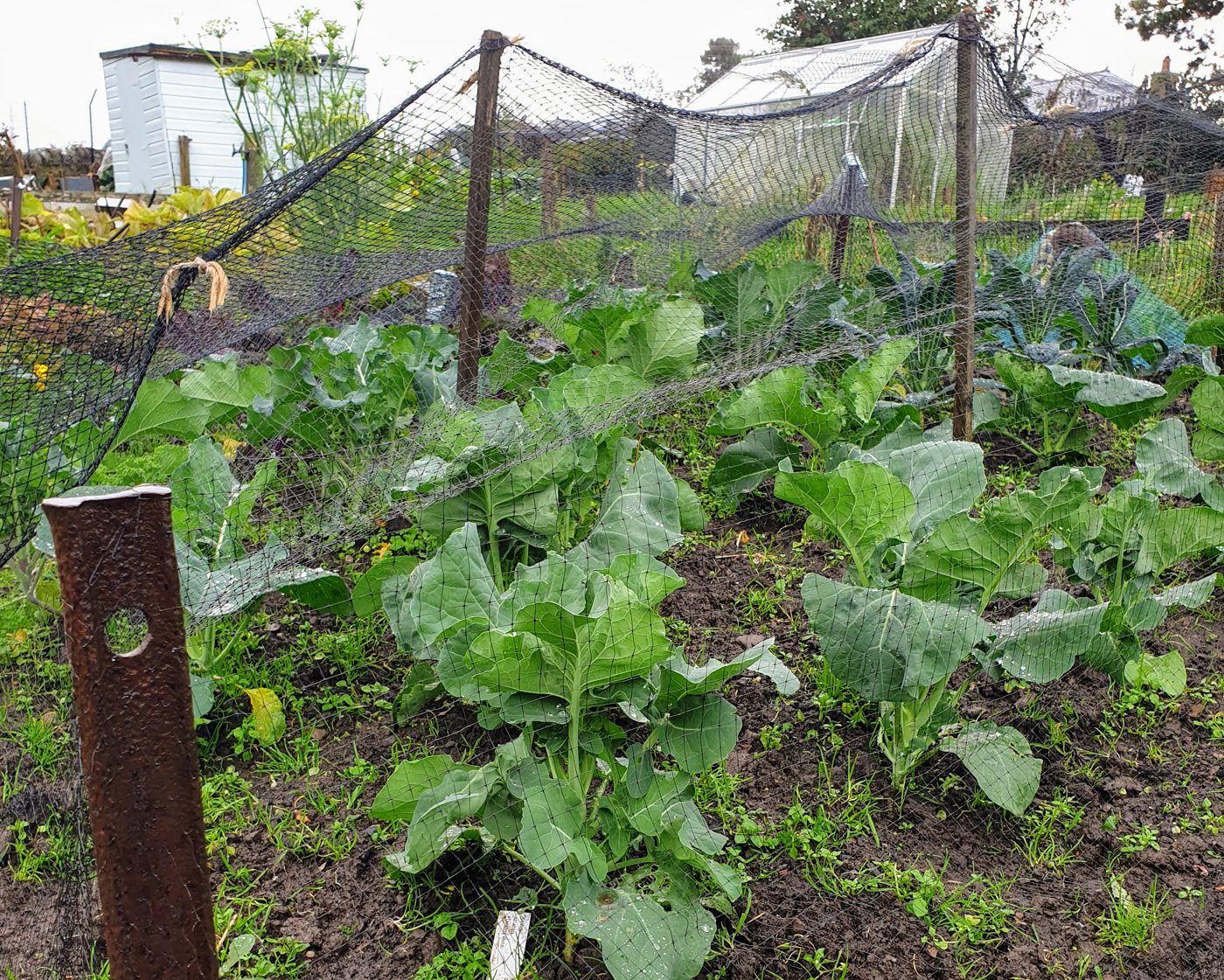The start of Autumn marks the end for many crops. On the plot, plants which produce flowers for flying pollinators are firmly in retreat.
For months they willingly served up dozens of tomatoes, cucumbers, courgettes and beans but now look exhausted with withered stems and brown leaves.
They offer a few, final, feeble fruits but must soon be hoiked up and their non-diseased parts composted.
Just as the sea lags the air and is warmest in October, some crops do likewise, coming into their own at the end of Summer, having soaked up the very last drop.
Winter squashes, for example, grow and glow as the temperature plummets, producing a deep, fire-like orange that matches the falling leaves.
I regretfully don’t have any on the plot so instead look enviously at other plots then go to the shops.
I did try to grow a Trombolino squash because it has a funny shape (like a trombone) but it didn’t come to much.
Just a few small fruits, nothing to store and the plants are now mostly spent. Next
year I will try onion squash – I like their earthy sweetness and how they look on the ground.
Sweetcorn is a clever energy storing plant. It takes time to grow and ripen, especially in Scotland. I picked some last week and it felt like a trick to rip a sweet, fully ripe ear of corn from a plant when each breath came out like steam.
As a member of the grass family corn is rotation friendly and a very welcome, bright-green addition to the plot. It is easy enough to look after once it gets going and will be grown again next year.
This month I spent some time covering the freshly dug spaces with homemade compost and a weed suppressing membrane. This should both nourish and pause them until Spring when they will be targeted with new seeds.
It is nice to know they require no further attention for a while after needing so much.
A new season’s seed catalogue fell through the door and has been a great pleasure to flick through. Exciting possibilities emerged but it is easy to get carried away and ignore the reality of the local climate.
Aubergines are probably a step too far. I will also not try peas again, despite the joy of podding. Two years of complete failure has put me off. We have a suitable climate for peas and they are grown commercially in Scotland but I’ve been beaten by the pests.
Pea seeds and shoots are so tasty to so many things, birds, mice and slugs and more, it is beyond my knowhow to block them all.
Enough thinking ahead. This year isn’t done yet. Plants with tasty leaves continue to grow steadily. This means salads as well as, finally, a fully loaded brassica patch with broccoli, two kinds of kale, cavalo nero, kohlrabi and cauliflower. They are netted and, so far at least, this has stopped too many nibbles.

The Brassica Growing Well. Picture: JH
I am very grateful to have extra help from my Dad, who has now semi-officially joined me as co-worker. He was at the plot more than I managed this month, tirelessly digging, weeding and sorting drainpipes.
In a month where I faced a broken car, a busy workplace and lots of child-related time constraints this was much appreciated.
A final development worth mentioning is that we have hatched a plan to pay my children to do weeding. It is in some ways a final attempt to nurture their waning interest in growing our food.
They will be taught botany and capitalism in one go. Time will tell if this strategy pays off…
Keeping the Plot: A journal of growing and cooking Scottish produce - August